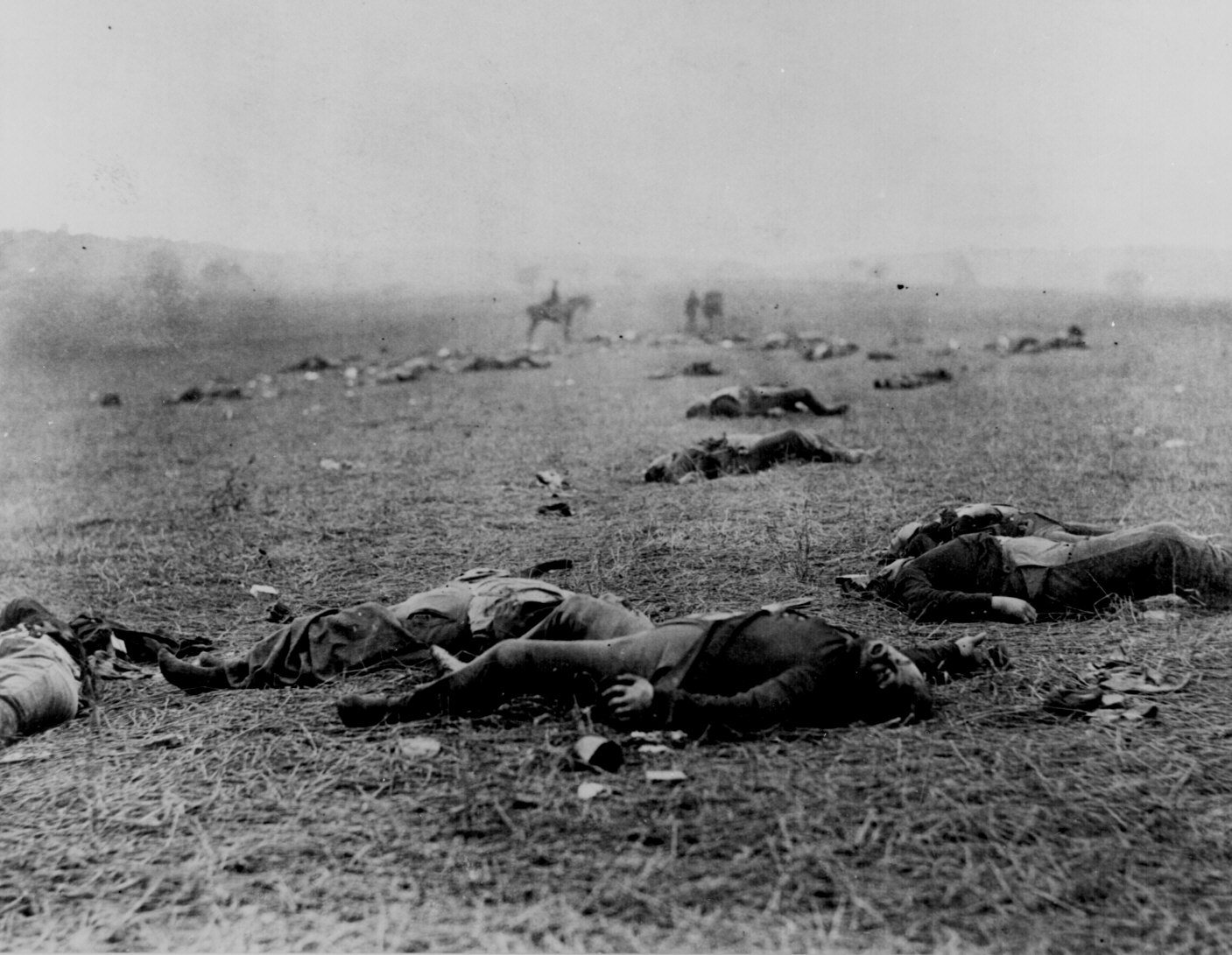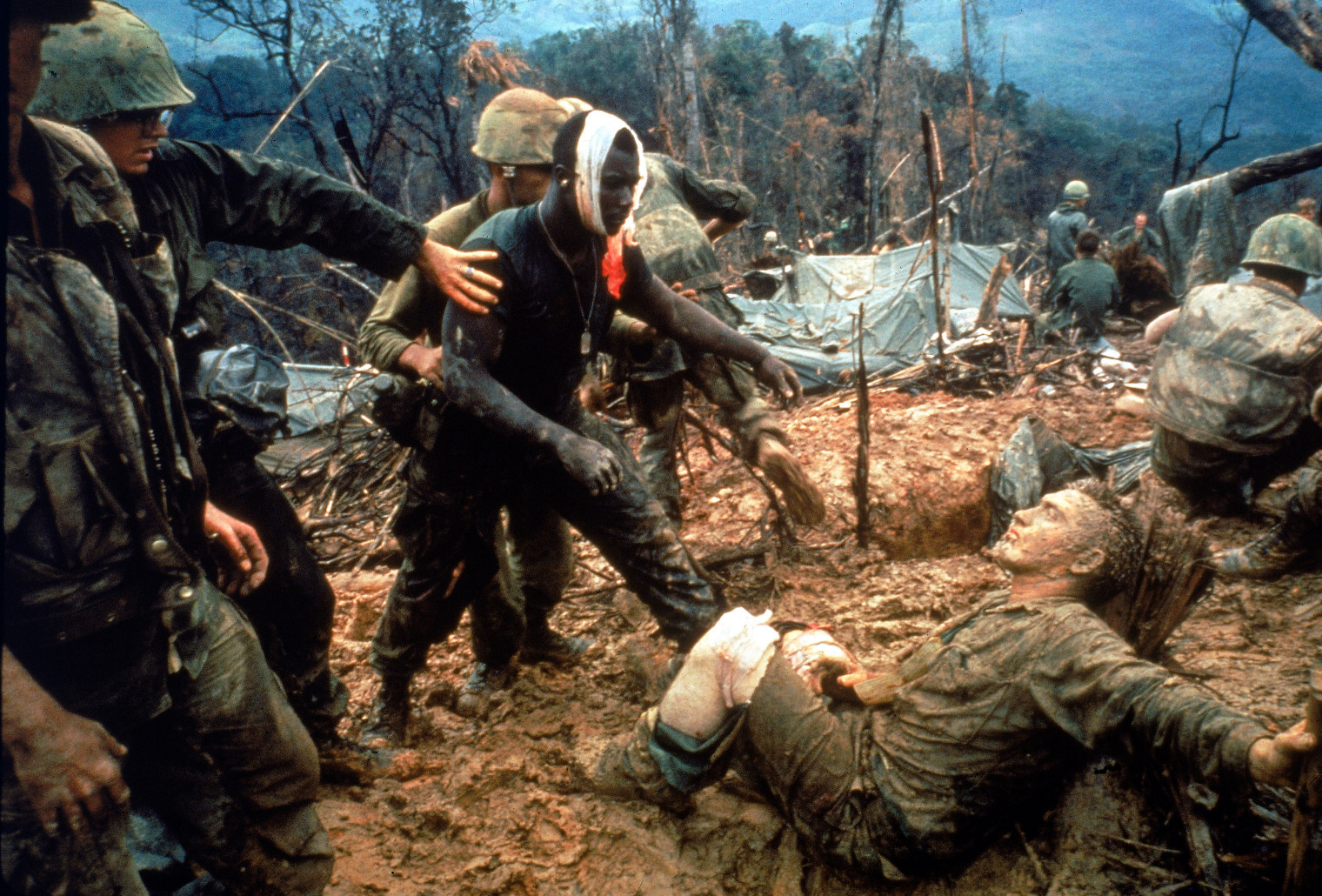War has always been an integral part of human society. Since the emergence of civilized societies, it has been one of the major tools of foreign policy, and multiple nations fought to protect their lands, interests, or acquire better living conditions. The importance of this phenomenon and its significant impact on people’s lives preconditioned the appearance of its numerous representations offered by various kinds of art. Statues of warriors, poems, and novels, mosaics, and images were created to glorify soldiers and their heroism on the battlefield. For the USA, the theme of war was also significant as the state was born in revolution and had to pass a civil conflict to guarantee its further development. That is why this motif can be seen in the works of American artists who were inspired by warriors. However, with the rise of humanistic values, the attitude to military conflicts started to change from acceptance to condemnation, and photography played a critical role in the promotion of this shift.
The given kind of art can be viewed as a potent tool in shaping people’s representations related to some issues. The powerful effect caused by photography on individuals can be explained by the idea that it provides the real image of events, not their artistic representation. With the emergence of first cameras, people acquired a chance to see facts not through the prism of an artist or creator’s vision, by with their own eyes, and it preconditioned the growing importance of photography (Walsh 45). The naked truth became a serious challenge to people and their value system and triggered the process of its reconsideration because of the inability to accept some issues. Speaking about war, photography became a force that facilitated the change of American’s views on it and started vigorous debates about its horrors and the need to avoid military conflicts at all.
For the first time, the attitude to war in the USA was shattered during the civil conflict between the South and the North. The bloody battles and deaths of fellow countrymen raised multiple questions about the nature of military conflicts and their role in the evolution of the country. However, the appearance of the first real photos was impactful for all citizens regardless of the side they supported. For instance, the image of a Union and Confederate dead soldiers was shocking as civilians had never seen photographs of wartime dead before (Covkin).

The impact of this image can hardly be overestimated as people witnessed the horrors and ugliness of war. Contrary to traditional attempts to represent the heroism of soldiers, this piece of art helped to understand the truth of military conflicts and make people think about the value of human life. At the same time, it became one of the artifacts of the Civil War that demonstrated its cruelty and suffering people had to experience.
With the development of photography and the evolution of the humanistic society, the attitude to the war continued to change. The 20th century became one of the most turbulent periods in history with two World Wars and millions of deaths across the globe. These events attracted the attention of multiple photographers who tried to capture different moments and demonstrate them to people for them to realize the true nature of war (Walsh 76). The existence of many images of all horrors, deaths, and suffering became a force that changed the views on war and proved its unacceptability for contemporary society.
However, regardless of the growing dissatisfaction with military conflicts and the rise of pacifist movements, America entered the Vietnam war, which became one of the most disputable moments in the state’s history. The nation could not accept this idea because of its needless cruelty, and photographs played an essential role in promoting change in American’s views on war. The images depicted tired, wounded, or dead soldiers who had to experience multiple sufferings.

For instance, the photo made by Larry Burrows represents a bleeding and bandaged man lying in the mud and surrounded by fellow marines who also have multiple wounds. The picture has a strong effect on viewers and can be understood without any additional comments or words. People look tired and hopeless, they realize the senseless character of this war, but they have to die because of some political issues (Gabriner and Rothman). Photographs like this one promoted a critical shift in people’s mentalities towards the unacceptability of war.
Altogether, photography can be considered a powerful art the can impact people and make them think about some issues. The appearance of the first real images of battles, war, cruelty, and deaths that follow all military conflicts became a shock for viewers. They acquired an opportunity to see everything with their own eyes, and make conclusions on their own, not using the popular ideas of honor and glory. For this reason, photography changed the attitude to war by demonstrating its horrors, and it triggering public debates about the value of human life and the need to stop military conflicts.
Works Cited
Burrows, Larry. “At First-Aid Center During Operation Prairie.” ICP.
Covkin, Serena. “Photography and History. The American Civil War.” U.S. History Scene.
Gabriner, Alice, and Lily Rothman. “Who Is the Enemy Here?” Time.
O’Sullivan, Timothy. “Union and Confederate dead, Gettysburg Battlefield, Pa.” National Archives.
Walsh, Lauren. Conversations on Conflict Photography. Routledge, 2019.